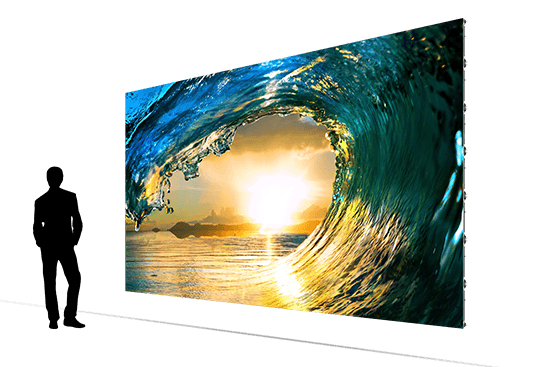Perfecting Color Precision in Light Emitting Diode Display Calibration for Breathtaking Graphic Displays
Perfecting Color Precision in Light Emitting Diode Display Calibration for Breathtaking Graphic Displays
Blog Article
Color accuracy is essential for producing stunning visual displays, particularly when employing LED screens. These massive displays are commonly found in places like concert venues, sports arenas, and advertising billboards. When the hues on an LED screen are not correct, the visuals can look flat or distorted, which can affect the overall experience for viewers. Therefore, perfecting color precision in LED wall calibration is crucial for attaining lively and realistic images.
The first step in ensuring color accuracy is understanding how LED systems works. LEDs, or light-producing diodes, generate light in multiple colors by combining red, green, and blue (RGB) light. Each pixel on an LED screen is made up of these three hues. When tuned correctly, the combination of RGB can create a broad range of hues. However, if one hue is too intense or too faint, it can throw off the entire display. This is why calibration is needed to balance the hues and reach the desired visual effect.
Calibration entails modifying the settings of the LED screen to make sure that the hues displayed correspond the initial content as nearby as possible. This procedure typically includes using specific software and hardware tools. Technicians frequently use color measurement devices, such as color meters, to analyze the colors being shown. By comparing the assessed colors to benchmark color values, they can make exact adjustments. This ensures that the why not check here hues are not only vibrant but also uniform across the whole display.
Another important aspect of color precision is understanding the surroundings in which the LED wall is employed. Elements such as ambient light can considerably impact how hues appear. For instance, a brightly illuminated room may fade colors, making them look not as vibrant. To counteract this, technicians may modify the brightness and differentiation settings of the LED screen. Additionally, they may choose particular color profiles that are better appropriate for different lighting conditions. This flexibility helps maintain color precision regardless of the observing environment.
Ultimately, routine upkeep and recalibration are crucial for keeping an LED screen looking its finest. Over time, the performance of LEDs can alter due to elements like aging and heat fluctuations. Frequent checks and adjustments can help guarantee that the hues remain correct and lively. By investing time in appropriate tuning and maintenance, venues can provide viewers with stunning visual presentations that improve their overall impression. Perfecting color accuracy in LED screen tuning is not just a technical task; it is an expertise that contributes to the wonder of graphic storytelling.